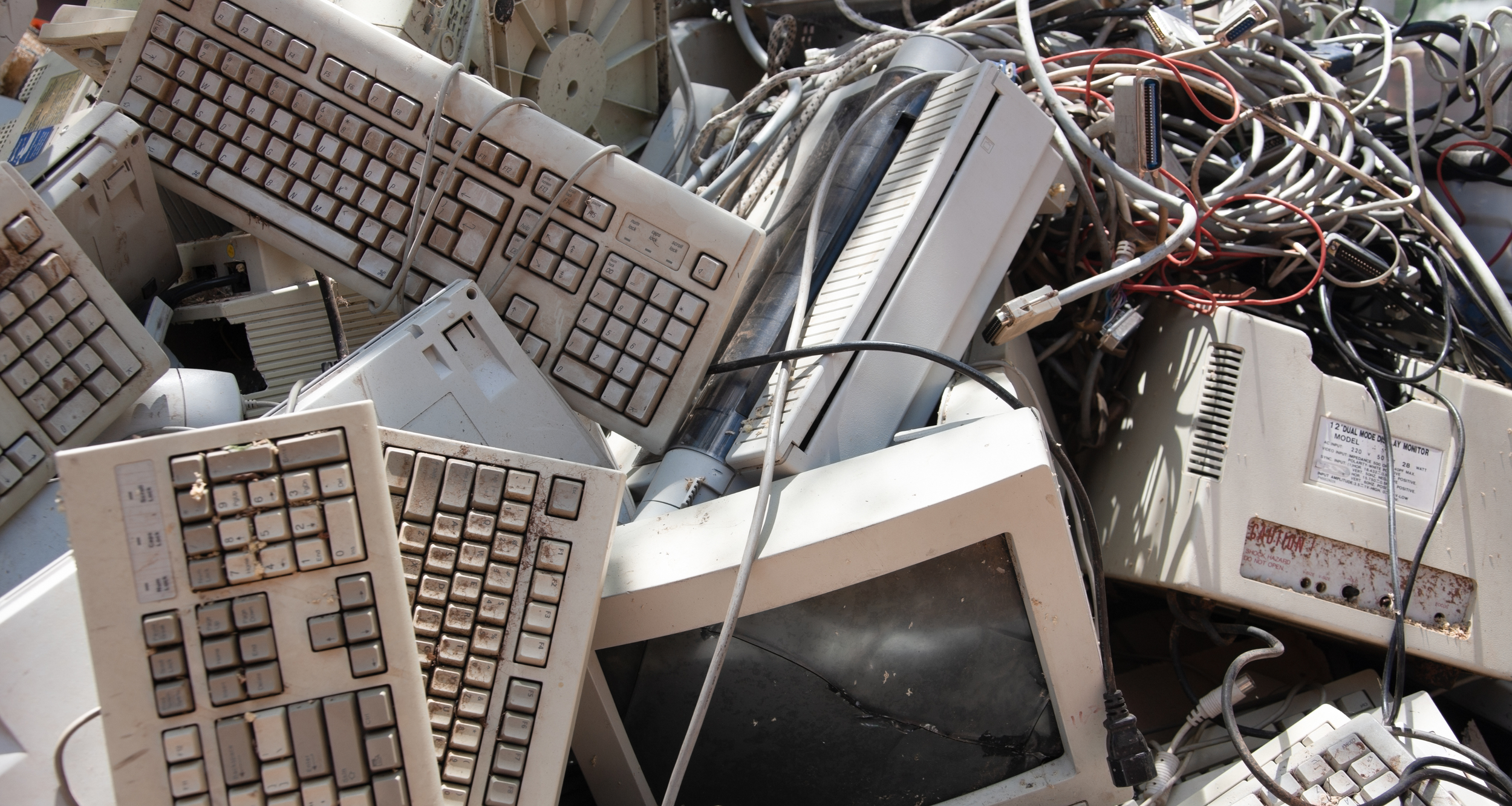4 Practical Steps for Tech Expiration from an MSP
When a software or hardware product reaches its End of Life (EoL) or End of Service (EoS), it's no longer supported by the manufacturer. This can be a cause of concern for organisations like yours because unsupported technologies have no routine internal security measures or support from the manufacturer.
The good news is that there are steps you can take to mitigate the risks that come with EoL software/hardware and protect your business. Read on further to learn about them.
Practical steps
Although there may be a sufficiently large list of practical steps, the four most impactful ones are:
Prioritise security
Organisations need to prioritise security immediately after identifying EoL software/hardware. Work with a reputable vendor who can provide essential security protocols and tools to keep your data safe. Also, create a plan to keep any potential security risks at a minimum.
This might include implementing additional security measures, such as two-factor authentication or increased monitoring of high-risk areas. By taking these precautions, you can ensure your organisation's data is protected against threats.
Measure productivity
As your software/hardware nears the end of its life, it’s crucial to measure its productivity so that your organisation doesn’t suffer. Here are a few things you can do to minimise any negative impact on your organisation:
Keep track of the software/hardware performance. This will help you identify if any issues escalate.
Ensure employees who use it are aware of its status. This will help them be more receptive if there are any problems.
Have a contingency plan in case the software/hardware completely fails. This will help you avoid any major disruptions to your organisation.
Evaluate long-term needs
When planning for the future, it’s critical to consider the long-term viability of your essential systems. What are your objectives, and which systems are crucial to achieving them?
Evaluating the risks of using EoL systems is a vital step when deciding whether to upgrade. What are the consequences of continuing to use an outdated system? What are the chances the consequences will happen, and how severe would they be?
Taking these factors into account can assist you in making the best decision for your organisation, ensuring you have the right systems in place to support your goals.
Test compatibility before migration
The EoL date for a system can be months or years in the future; however, planning for the migration should begin well before that date. By doing so, you can avoid any disruptions that may occur during the migration process.
Testing compatibility is one of the first steps in migrating to a new system. You must ensure all your data and applications can be transferred to the new system. Setting up a test environment and running some tests is the best way to accomplish this.
Collaborate for success
It must be clear by now that EoL/EoS software and hardware can pose several risks to your organisation. Implementing all the practical steps listed above to avoid these risks can be overwhelming if you don't have assistance. This is where an IT service provider like us can come in handy.
We can help you protect your company from the dangers of EoL/EoS software and hardware. To learn more, feel free to contact us today.
Your Security is our Priority
Your friendly Support Team
Speak to us about all your computer needs
This is Part of our Cyber Security awareness educational campaign. Through this training, you will learn awareness and key principles, and best practices to protect yourself, your organisation, and the public from cyber attackers. You will also be equipped with the knowledge to identify potential threats and take action before any damage can occur.


